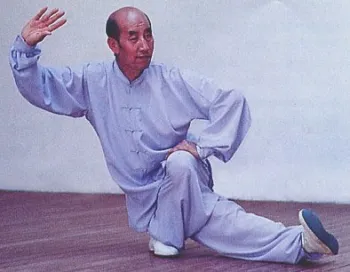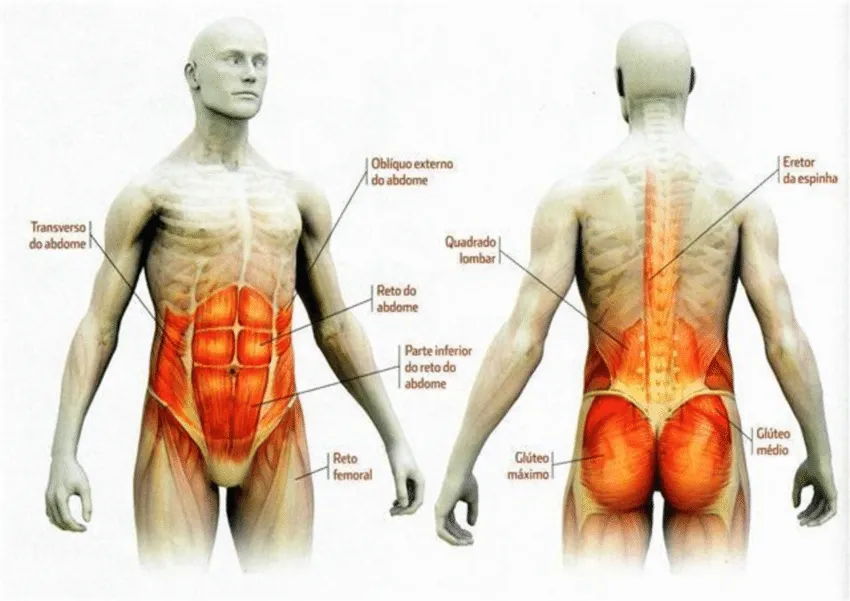Functional Training
What is Functional Training?
For sure, the definition of functional training has evolved a lot in recent years. We will try to explore and deepen this concept in a future article. In a general manner, we can define functional training as a way of exercising the body that is based on the movements and activities that we perform in our daily life or in sports. Its objective is to improve physical performance, health and quality of life of people, as well as to prevent and rehabilitate injuries.
Functional training adapts to the needs, characteristics and objectives of each individual or discipline, and uses exercises that involve several muscle groups and joints at the same time, seeking efficiency and coordination of movement.
Functional Training: Mobility, Balance and strength

Why muscular mobility?
Muscle mobility refers to the ability of a muscle or a joint to move in its full range. Muscles and joints become more mobile when they are stretched regularly, which increases their elasticity and allows them to lengthen and return to their original shape more easily. Mobility is very important because it allows us to move our body in a wide range of motions, which increases our ability to perform activities with the proper form and also helps to prevent injuries.
Importance of balance in the muscular chain
The muscular chains are circuits of continuity of direction and planes, through which forces are propagated. These circuits form a joint system that integrates the connections between the nervous system, the musculoskeletal system and the fascias, taking care of maintaining the body balance.
Muscle balance is essential to maintain a proper posture and avoid injuries. An imbalance in the muscular chain can cause a bad posture, pain and even injuries. But not only that, but also mobility is necessary to reach the optimal range of each joint and improve the performance of the movements in our sports activities.
Mobilizing and stabilizing muscles
The mobilizing muscles are those that have the main function of producing movement. On the other hand, the stabilizing muscles are those that work to provide support and balance to the joints during the movements that we perform in sports or in daily life. Their function is to prevent the joints from moving or getting injured, and to allow the primary or motor muscles to perform the movement efficiently and safely.

Muscles importance in flexibility

Flexibility is the ability of a muscle or a muscle group to lengthen passively within a range of motion. A good level of flexibility allows a greater range of motion in the joints, improves posture, reduces the risk of pain in the lower back, improves muscle coordination and increases blood flow and nutrients to the tissues. It depends on several factors, such as muscle elasticity, the type of joint, strength, stability and coordination. Flexibility is important to improve sports performance, prevent and rehabilitate injuries, facilitate the learning of technique, maintain a good posture and reduce stress.
Muscle building is important in flexibility because it helps to keep the muscles elastic and to prevent muscle shortening that can limit the range of motion of the joints and then mobility. In addition, muscle building improves blood circulation and the supply of nutrients and oxygen to the tissues, which favors muscle recovery and the elimination of toxins.
Muscle building and flexibility are two physical abilities that complement and enhance each other. Therefore, it is important to include both in a balanced training program that improves our health and physical performance.

In summary, functional training seeks to improve mobility, maintain a proper balance in the muscular chain and strengthen the mobilizing and stabilizing muscles. All this is achieved through the development of flexibility and strength.
